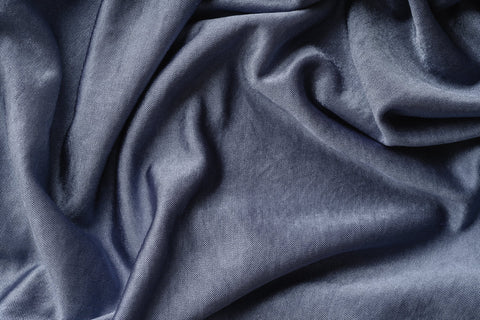The Benefits of Nylon

Nylon is a silk-like thermoplastic typically made from petroleum that can be melt-processed into fibres, films, or shapes. First invented in 1938, nylon was first commercially used in toothbrushes, but today has many uses. Due to the fact it’s synthetic, it remains typically cheaper to use than cotton. Nylon is often the choice of textile over cotton for other reasons besides the cost; it is an incredibly versatile and durable textile. One of the driving factors for its invention was to find a textile that would outlast cotton. Thus its various properties are tested repeatedly to ensure it will last over other materials and fabrics.
Historically, nylon has been chemically changed and manipulated to increase its durability and keep it distinct from different fabrics. Whereby cotton is used in more basic products, nylon has a unique versatility factor, and so it is used in a broader range of different garments and fabrics. It is much stronger than cotton as it doesn’t have natural fibres that break down quickly like cotton does, making it much longer-lasting.
As a versatile engineered material, nylon is frequently used to make stockings, bodysuits, and a wide variety of other kinds of garments. It is prized as being extremely thin and flexible combined with its toughness and durability. It is often the first choice over many other natural fabric options like cotton and wool.
Additionally, nylon was invented to be a cheaper and more durable alternative to silk. Subsequently, nylon is more resilient than silk and cotton and wool—a sturdy material that is resistant to abrasion and a fire-retardant. The material was reserved solely for the war effort during the second world war due to its many uses.
Instead of absorbing and retaining moisture like most natural fibres, nylon is inherently very water-resistant. It tends to push water to the surface, where it more readily evaporates. Another positive aspect of its water resistance is that it is far less likely to have any mould or mildew build-up and is far less susceptible to fungi than other material fabrics when they get wet. Nylon wicks moisture away from the body and works well as compression gear as it fits so tightly, acting as a virtual second skin. Despite its water resistance, it is very easy to dye, unlike most other synthetic fabrics.
It is an artificial synthetic rather than a natural fabric. It does not need to be farmed or harvested from animals, so naturally, the material is much less expensive to produce. Though it may not have the same quality as cashmere or merino wool, nylon is woven to feel similar. This has resulted in nylon clothes being generally cheaper than clothes made from natural resources.






